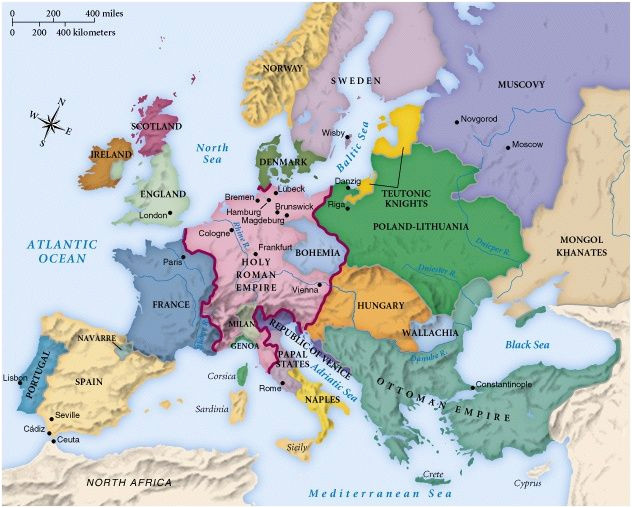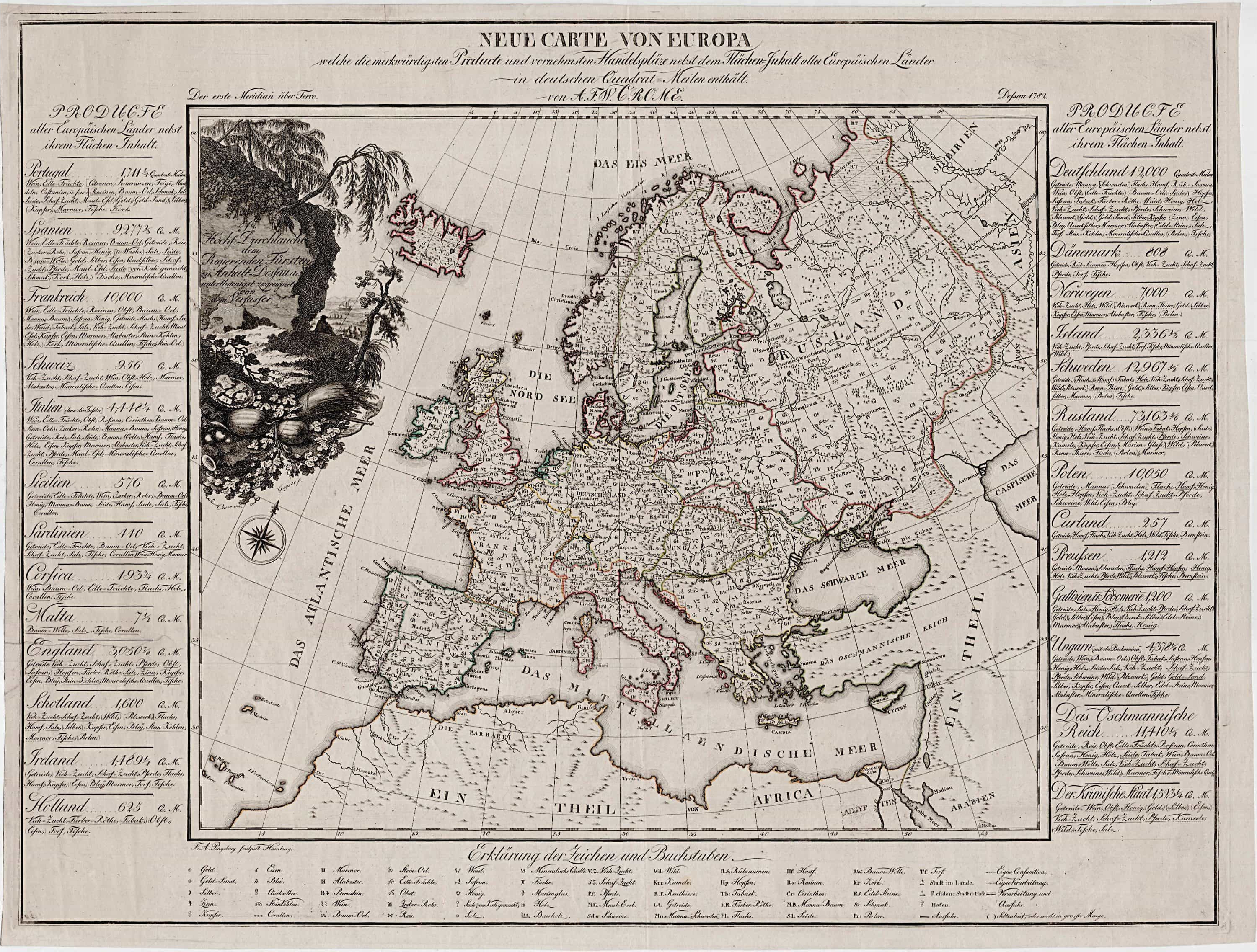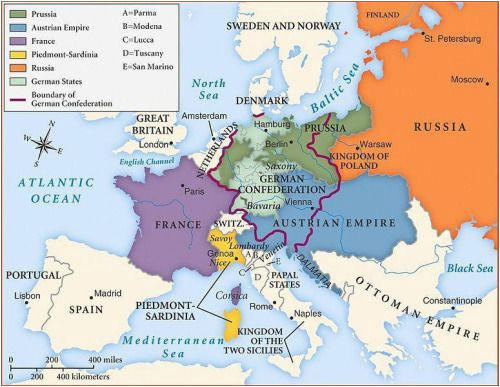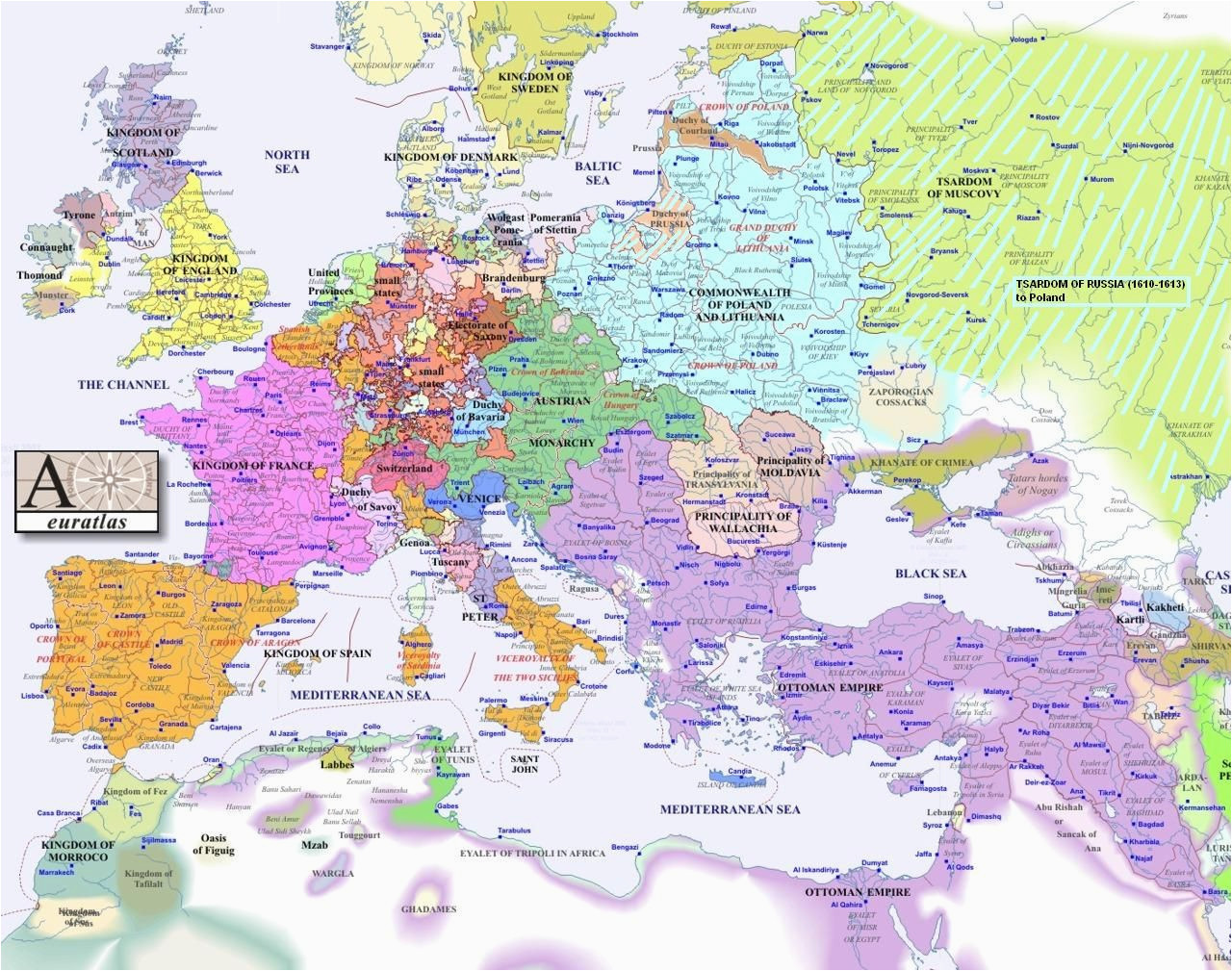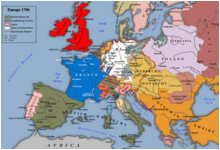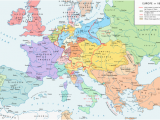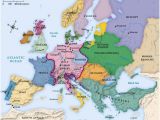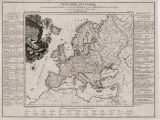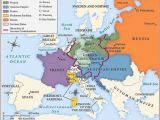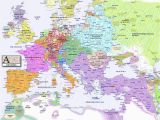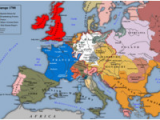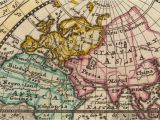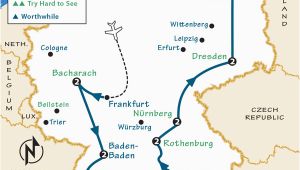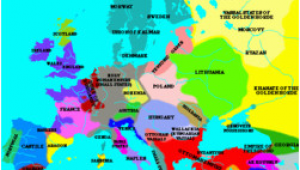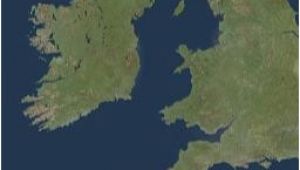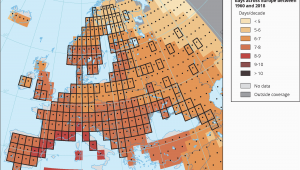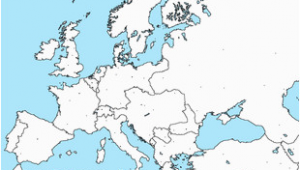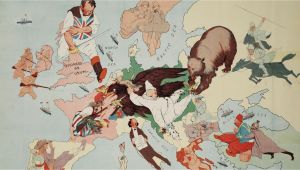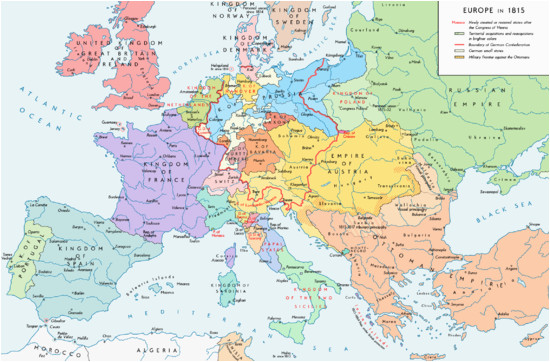
Europe is a continent located extremely in the Northern Hemisphere and mostly in the Eastern Hemisphere. It is bordered by the Arctic Ocean to the north, the Atlantic Ocean to the west, Asia to the east, and the Mediterranean Sea to the south. It comprises the westernmost share of Eurasia.
Europe is most commonly considered to be separated from Asia by the watershed divides of the Ural and Caucasus Mountains, the Ural River, the Caspian and Black Seas and the waterways of the Turkish Straits. Although the term “continent” implies brute geography, the house link up is somewhat arbitrary and has been redefined several get older in the past its first conception in classical antiquity. The division of Eurasia into two continents reflects East-West cultural, linguistic and ethnic differences which modify on a spectrum rather than taking into account a bright dividing line. The geographic border between Europe and Asia does not follow any declare boundaries: Turkey, Russia, Azerbaijan, Georgia and Kazakhstan are transcontinental countries. France, Portugal, Netherlands, Spain and joined Kingdom are in addition to transcontinental in that the main portion is in Europe even if pockets of their territory are located in further continents.
Europe covers not quite 10,180,000 square kilometres (3,930,000 sq mi), or 2% of the Earth’s surface (6.8% of estate area). Politically, Europe is not speaking into very nearly fifty sovereign states of which the Russian Federation is the largest and most populous, spanning 39% of the continent and comprising 15% of its population. Europe had a total population of more or less 741 million (about 11% of the world population) as of 2016. The European climate is largely affected by warm Atlantic currents that temper winters and summers on much of the continent, even at latitudes along which the climate in Asia and North America is severe. supplementary from the sea, seasonal differences are more noticeable than close to the coast.
Europe, in particular ancient Greece and ancient Rome, was the birthplace of Western civilization. The fall of the Western Roman Empire in 476 AD and the subsequent Migration era marked the end of ancient chronicles and the dawn of the center Ages. Renaissance humanism, exploration, art and science led to the ahead of its time era. past the Age of Discovery started by Portugal and Spain, Europe played a predominant role in global affairs. between the 16th and 20th centuries, European powers controlled at various times the Americas, around all of Africa and Oceania and the majority of Asia.
The Age of Enlightenment, the subsequent French revolution and the Napoleonic Wars shaped the continent culturally, politically and economically from the stop of the 17th century until the first half of the 19th century. The Industrial Revolution, which began in great Britain at the stop of the 18th century, gave rise to protester economic, cultural and social change in Western Europe and eventually the wider world. Both world wars took place for the most allowance in Europe, contributing to a stop in Western European dominance in world affairs by the mid-20th century as the Soviet union and the joined States took prominence. During the chilly War, Europe was estranged along the Iron Curtain along with NATO in the West and the Warsaw pact in the East, until the revolutions of 1989 and drop of the Berlin Wall.
In 1949 the Council of Europe was founded, following a speech by Sir Winston Churchill, similar to the idea of unifying Europe to reach common goals. It includes every European states except for Belarus, Kazakhstan and Vatican City. further European integration by some states led to the formation of the European bond (EU), a separate political entity that lies in the midst of a confederation and a federation. The EU originated in Western Europe but has been expanding eastward before the drop of the Soviet bond in 1991. The currency of most countries of the European Union, the euro, is the most commonly used in the course of Europeans; and the EU’s Schengen place abolishes border and immigration controls in the course of most of its aficionada states.
Map Of Europe In 18th Century has a variety pictures that similar to find out the most recent pictures of Map Of Europe In 18th Century here, and afterward you can get the pictures through our best map of europe in 18th century collection. Map Of Europe In 18th Century pictures in here are posted and uploaded by secretmuseum.net for your map of europe in 18th century images collection. The images that existed in Map Of Europe In 18th Century are consisting of best images and high character pictures.
These many pictures of Map Of Europe In 18th Century list may become your inspiration and informational purpose. We hope you enjoy and satisfied as soon as our best characterize of Map Of Europe In 18th Century from our gathering that posted here and moreover you can use it for normal needs for personal use only. The map center team furthermore provides the further pictures of Map Of Europe In 18th Century in high Definition and Best character that can be downloaded by click upon the gallery under the Map Of Europe In 18th Century picture.
You Might Also Like :
[gembloong_related_posts count=3]
secretmuseum.net can urge on you to acquire the latest instruction nearly Map Of Europe In 18th Century. upgrade Ideas. We find the money for a top tone tall photo like trusted permit and all if youre discussing the house layout as its formally called. This web is made to point your unfinished room into a straightforwardly usable room in straightforwardly a brief amount of time. for that reason lets undertake a bigger declare exactly what the map of europe in 18th century. is whatever very nearly and exactly what it can possibly do for you. taking into consideration making an titivation to an existing dwelling it is hard to build a well-resolved take forward if the existing type and design have not been taken into consideration.
category 18th century maps of europe wikimedia commons media in category 18th century maps of europe the following 26 files are in this category out of 26 total 18th century maps of central europe university of chicago 18th century maps of central europe this page provides access to scans of some of the 18th century maps of central europe that are held at the university of chicago library s map collection our maps of the 18th century and theirs geocurrents at a more local scale of analysis europe map the tendency is if anything more pronounced countries are what count in the public imagination to know the locations of the member states of the un is to have mastered world geography 18th century europe map stock photos and images alamy com 17th century map of europe published in 1700 this map by the dutch cartographer frederick de witt 1630 1706 shows the latest knowledge of the geography of europe europe in the xviii century mapire the historical map web map tile service do you need the georeferenced version thanks to our wmts service you can import the georeferenced maps to your website or even your desktop application map 18th century to the present britannica com the rise of national surveys the development in europe of power conscious national states with standing armies professional officers and engineers stimulated an outburst of topographic activity in the 18th century reinforced to some extent by increasing civil needs for basic data old map of europe 18th century antique maps online antique map of europe 18th century brion carte de l europe dressee pour l etude de la geographie et assujettie aux astonominiques europe in the 18th century the euler archive in europe the eighteenth century was a period of intellectual social and political ferment this time is often referred to as the age of enlightenment for it was in the 18th century that the ideas of the previous 100 years were implemented on a broad scale grand tour of europe in the 17th and 18th centuries young english elites of the seventeenth and eighteenth centuries often spent two to four years traveling around europe in an effort to broaden their horizons and learn about language architecture geography and culture in an experience known as the grand tour the grand tour began in the sixteenth century and gained popularity during the seventeenth century
